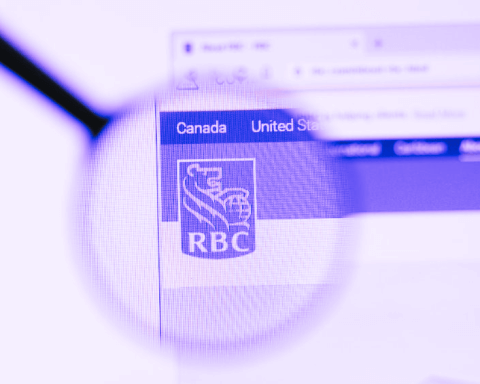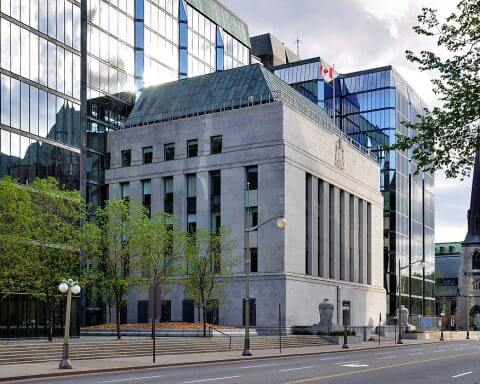The immense scope and scale of the climate crisis will require a monumental amount of private capital.
According to the United Nations Environment Programme’s most recent State of Finance for Nature report, an estimated US$8.1 trillion will be needed over the next three decades to successfully tackle the climate, biodiversity and land degradation crises. Alongside government and philanthropic resources, private investment capital is a critical tool to fill the gap. It places much-needed cash in the hands of enterprises, funds and organizations that are advancing energy efficiency, renewable sources of energy, and other activities that reduce greenhouse gas emissions.
The cost of inaction is steep. We’ve faced billions of dollars in damage over the past year with climate-related wildfires, floods and mudslides hitting British Columbia and beyond. The collective cost will be billions more if we don’t act decisively.
The good news is that the work has already begun. Stakeholders are rallying, from government commitments at this fall’s UN climate summit, COP26, to the philanthropic commitment of foundations through the Canadian Philanthropy Commitment on Climate Change. In Wednesday’s Throne Speech, Governor General Mary Simon called for “bolder climate action,” including “accelerating our path to a 100% net-zero electricity future [and] investing in public transit.” But they cannot act alone. Leading Canadian and global investors are also coming to the table, making climate action a key part of their investment strategies. These investors have recognized that investing in climate action has a positive impact on the planet and on our pocketbooks.
Market data proves this point. A recent meta-study by NYU’s Stern Center for Sustainable Business and Rockefeller Asset Management analyzing 245 studies about the relationship between ESG (environmental, social and governance factors) and financial performance found that 86% of investment strategies focused on climate action performed as well as or better than the benchmark. We often describe the financial consequences of investments that can be lost or negatively impacted because of climate change as “stranded assets.” The London School of Economics estimates that the value of global financial assets at risk from climate change is US$2.5 trillion.
Moreover, investors such as pension manager Caisse de dépôt et placement du Québec (CDPQ) that employ a stewardship investing approach that incorporates climate risk across their assets continue to demonstrate optimal financial performance at both the five- and 10-year time horizon.
The case for positive impact on the planet is also clear, from reducing greenhouse gases and supporting biodiversity through investing in Indigenous-led clean energy projects to capitalizing on natural climate solutions like the Carolinian Canada Conservation Impact Bond, which seeks to raise capital for climate-smart habitats in Southwestern Ontario, to financing energy-efficient retrofits in commercial and residential buildings. The Toronto Atmospheric Fund (TAF) has generated 1.4 million tonnes of direct C02 reduction across six of its investments alone.
This approach is not limited to a select group of environmentally conscious asset owners. All investors can integrate climate action into their portfolios. You can consider the following options:
- Engage in shareholder activism: Proxy voting, advancing climate-related board resolutions and pressing for climate risk disclosures are all achievable shareholder activist strategies. Organizations such as SHARE have engaged with North American public companies held in Canadian university endowments and pension plans to address pervasive risks associated with climate change.
- Monitor and track impact performance: Investors can also track impact performance and specifically seek to monitor and track the climate impact of their investments. Organizations such as the Global Impact Investing Network (GIIN) and the Impact Management Project offer tools, methods and peers to help implement impact tracking and management.
- Employ active investment strategies: There are a range of active investment strategies that investors can implement, including divestment, ESG criteria, screening that incorporates climate action, and dedicated impact investing strategies focused on climate-action, such as verified green bonds or private equity funds focused on renewable energy. You can unlock these strategies by updating and revising your investment policy to have a specific focus on climate action.
- Join pledges and coalitions: The Net-Zero Banking Alliance, the Net-Zero Asset Owner Alliance and Climate Action 100+ are great global examples. RIA Canada’s Canadian Investor Statement on Climate Change and coalitions like Impact United provide an opportunity for asset owners to organize at a national level.
There is no single right approach to investing in climate action, and no single actor can solve the climate crisis alone. But we can all help with the collective advance toward the great transition to a low-carbon economy. As asset owners, we all have a unique responsibility to each other and the planet to use the capital tools at our disposal to support climate action.
Andrew Chunilall is the CEO of Community Foundations of Canada.
Julia Langer is the CEO of the Toronto Atmospheric Fund.
Éric St-Pierre is the executive director of the Trottier Family Foundation.







